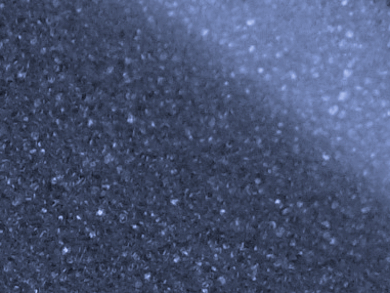The development of high-capacity lithium-ion batteries could have a large impact on the battery life of portable consumer electronics. Anode materials, in particular, are a limiting factor for battery capacities so far. Graphite, with a specific capacity of 372 mAh/g, is commonly used. Germanium has a much higher theoretical capacity, but cannot be used in its pure form due to large volume changes during charge/discharge cycles.
Zhen Fang and colleagues, Anhui Normal University, Wuhu, China, have developed a high-capacity composite anode material for lithium ion batteries. The team prepared a solution of GeO2 and ethylenediamine in water, which was aged for one day at room temperature and dried at 60 °C to form a gel. The dried gel was pyrolized at 600 °C to give an amorphous Ge/C sponge.
The team used the composite material as an anode material in lithium-ion batteries and found specific capacities of 1016 mAh/g as well as good rate capacities and cycling stability. The team attributes this to the spongelike structure’s favorable diffusion pathways and resistance to volume changes during cycling.
- Amorphous Ge/C Composite Sponges: Synthesis and Application in a High-Rate Anode for Lithium Ion Batteries,
Qiuyang Ma, Wanwan Wang, Peiyuan Zeng, Zhen Fang,
Langmuir 2017.
DOI: 10.1021/acs.langmuir.6b04444




